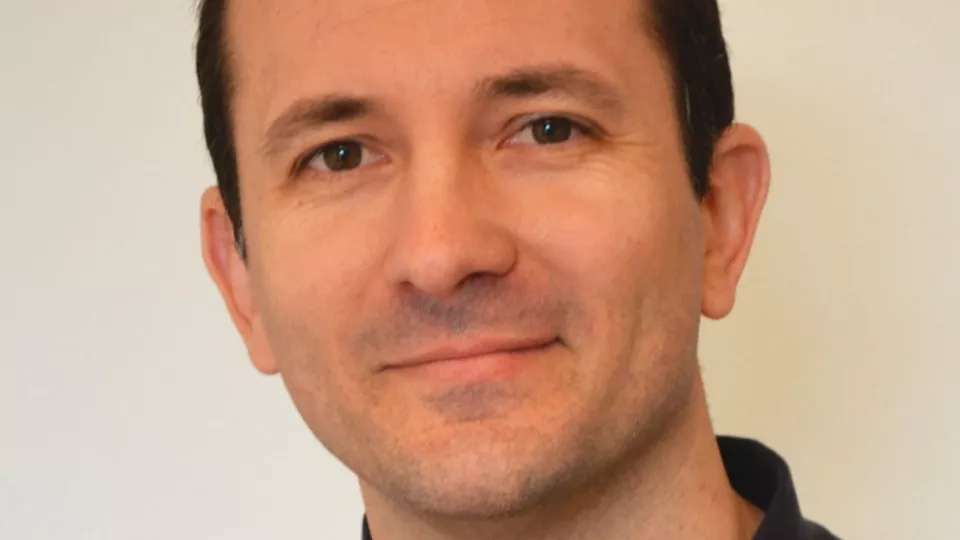In the study, published by recent PhD gradute Staffan Holmqvist, the group summarises the efforts, which have generated tools for a better understanding of PD. The new tools are now used in several studies at the laboratory, and in collaboration with many research groups, with the aim to identify early disease mechanisms, new therapeutic targets, and discover new neuroprotective drugs that can prevent the demise of neurons producing dopamine.
The new models developed at the CSC Laboratory are unique in Sweden, which places the group at the forefront of PD research. Group Leader Docent Laurent Roybon was recently awarded a prestigious grant from the Michael J. Fox Foundation, which supports high-quality research on PD, to use the iPSCs to examine the relationship between the pathological alpha-synuclein protein and inflammation as a potential trigger of Parkinson’s disease.
iPSC technology opens up unprecedented opportunities to explore the diversity of PD using all brain cell types generated from iPSCs. The technology is based on reprogramming patient cells to an immature state for a repeat development of PD. This allows researchers to discover new molecular mechanisms involved in the pathology of PD, and apply both current and new approaches to identify and test different types of therapies for the early stages of PD to potentially slow down its progression. Moreover, because the investigations are performed using patient cells, it will be possible to tailor therapeutic intervention to subgroups of patients, and therefore increase the efficacy of future treatments.
Publication:
Creation of a library of induced pluripotent stem cells from Parkinsonian patients
Read more about the CSC Laboratory
Read more about the Michael J. Fox Foundation
Read more about the current collaborative efforts
Contact:
Laurent Roybon, PhD, Head of the Stem Cell Laboratory for CNS Disease Modelling, Department of Experimental Medical Science, Lund University
+46 46 222 9833
laurent [dot] roybon [at] med [dot] lu [dot] se
Facts:
Idiopathic PD: Idiopathic Parkinson's disease is the most common type of parkinsonism. Unlike some other forms which have specific causes it is not known why idiopathic Parkinson's occurs. Idiopathic means that the cause is unknown.
Familial PD: People who have genes that are prone to Parkinson's may be more likely to develop the condition when combined with other factors, such as environmental toxins or viruses. At present, it is estimated that up to 5% of people with Parkinson's may have a genetic cause, and which can be inherited or appear sporadically.
Synucleinopathies are neurodegenerative diseases characterised by the abnormal accumulation of aggregates of alpha-synuclein protein in neurons, nerve fibres or glial cells.
